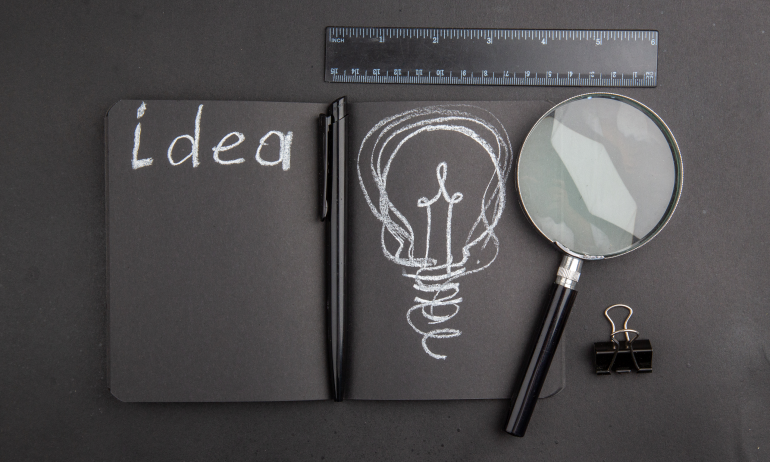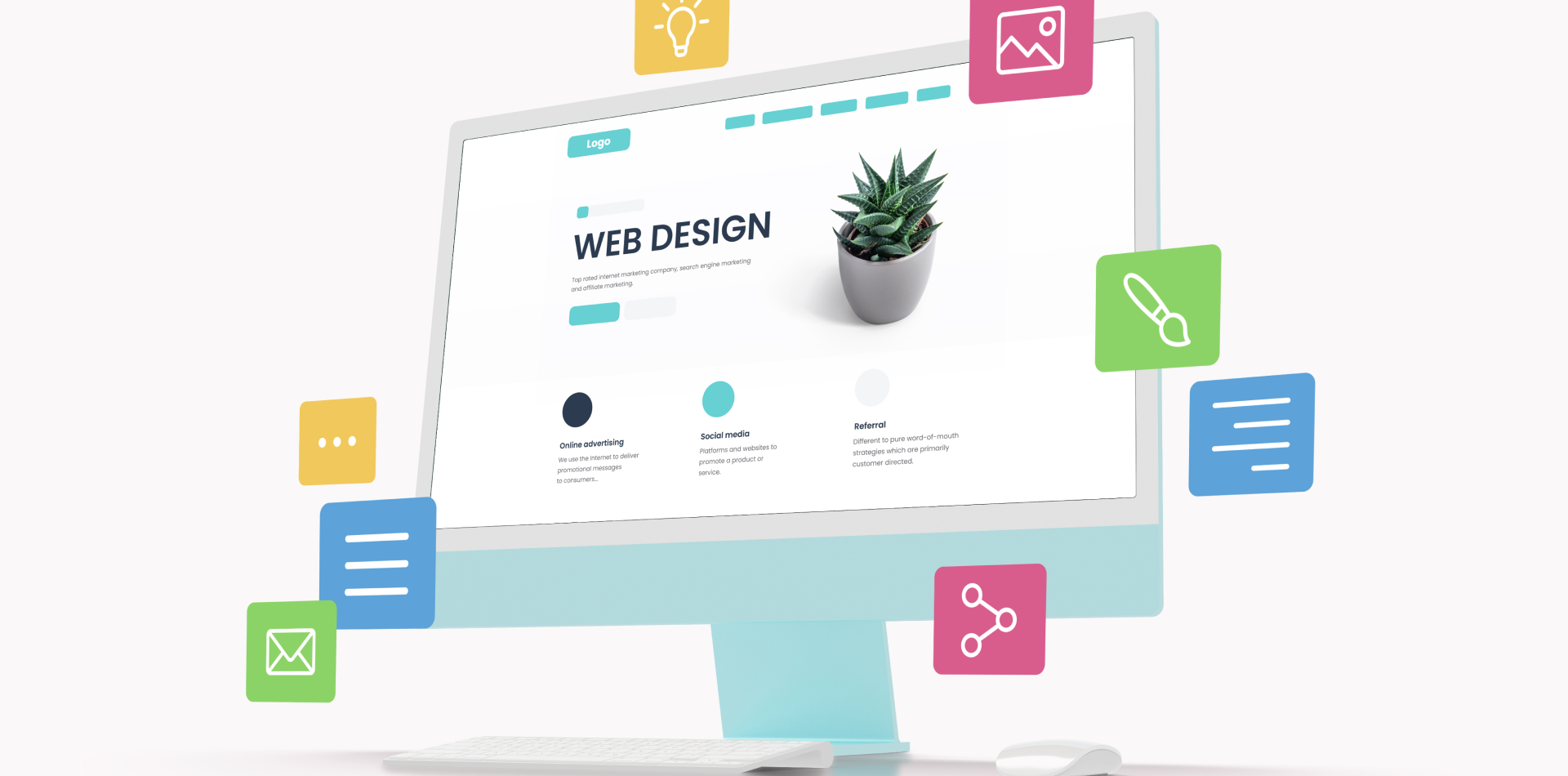Innovation Starts with Empathy
In a world where products are rapidly commoditized and user expectations evolve daily, one question keeps brands awake at night:
How do we stay relevant and ahead of the curve?
The answer isn’t just more features. It’s better thinking. Specifically—design thinking.
Design thinking is not a buzzword or a one-time workshop. It’s a repeatable, user-focused approach to solving complex problems with creativity and empathy. It connects dots that others miss. And most importantly—it unlocks innovation in ways traditional methods can’t.
This blog explores why design thinking is critical for modern product innovation and how you can apply it to build what truly matters.

🤔 What is Design Thinking, Really?
At its core, design thinking is a non-linear, iterative process that puts users at the center of problem-solving. It combines the analytical with the creative to generate solutions that are:
✔️ Technically feasible
✔️ Economically viable
✔️ Desirable for real users
The design thinking model typically flows through five stages:
-
🧠 Empathize – Understand users and their needs
-
🎯 Define – Pinpoint the core problem
-
💡 Ideate – Brainstorm and explore possible solutions
-
✍️ Prototype – Build lightweight versions to test
-
🧪 Test – Validate with real users and iterate
But this isn’t a checklist—it’s a mindset shift.
🔍 Why Traditional Problem Solving Falls Short
Most teams default to one of two extremes:
🔧 Engineering-driven: “Let’s build it first and see what happens.”
📈 Business-driven: “What’s the fastest way to hit KPIs?”
Both miss the most important element—the human being using the product.
Design thinking flips the script. It says:
💬 “Let’s understand the problem deeply, from the user’s view. Then let’s build.”
This switch leads to more relevant solutions and faster pivots when ideas don’t land.
💡 How Design Thinking Sparks Innovation
Innovation isn’t magic—it’s method.
Design thinking fosters innovation in these key ways:
🚀 Empathy fuels insights – You discover what people really need, not just what they say
🎯 Cross-functional collaboration – Designers, engineers, marketers, and users co-create together
🌀 Rapid iteration – You test fast, fail early, and learn quickly
🔍 Problem reframing – Sometimes the real solution lies in redefining the question
🎨 Creativity with structure – It blends wild ideas with focused execution
Where others see limitations, design thinkers see possibilities.
🏢 Real-World Examples: Design Thinking in Action
Let’s explore how industry leaders used design thinking to innovate:
🔹 Airbnb – Early on, the team wasn’t getting bookings. By empathizing with users, they realized photos were the problem. They sent photographers to hosts’ homes and saw instant booking spikes.
🔹 IBM – Embraced design thinking across departments. Result? Over 300% return on investment in design-led projects.
🔹 GE Healthcare – Reimagined intimidating MRI machines for children using storytelling, colors, and interactivity—cutting sedation rates significantly.
In each case, the breakthrough wasn’t tech. It was human insight.
🧪 Applying Design Thinking to Your Process
You don’t need a dedicated “innovation lab” to get started. You just need to think differently:
🧠 Start with empathy interviews – Talk to your real users. Observe them. Understand their emotions, workflows, and barriers.
🗺 Create personas and journey maps – Synthesize findings into stories that guide design
🧠 Hold ideation workshops – Use “How Might We…” prompts to open up creativity
🛠 Prototype ideas quickly – Use Figma, paper, or code to bring concepts to life
🧪 Test early, test often – Run usability sessions. Ask open-ended questions. Look for unexpected behaviors.
Innovation isn’t one big bet—it’s a series of small, intentional moves.
🛠 Why Design Thinking Works Across Industries
Design thinking is not just for designers. It’s been adopted across:
🏥 Healthcare – Patient experience redesign
🏫 Education – New models of teaching and curriculum development
📦 Logistics – Process streamlining and supply chain UX
💰 Finance – Rebuilding trust and accessibility in banking apps
📱 Tech – User-centered SaaS, mobile, and AI products
No matter your field, if there’s a human involved, design thinking has value.
⚠️ Common Pitfalls to Avoid
While powerful, design thinking can lose its impact if misused:
❌ Treating it as a one-off activity
❌ Skipping the empathy phase to jump into ideation
❌ Ignoring feedback during testing
❌ Confusing iteration with indecision
❌ Failing to involve non-design stakeholders
Remember: design thinking is a collaborative journey, not a solo sprint.
🔄 Bonus: Design Thinking vs Agile vs Lean
How do they compare?
✨ Design Thinking – Understand the right problem
✨ Lean – Build the right solution
✨ Agile – Build the solution right
Together, they create a full-cycle innovation loop. Design thinking leads. Agile delivers. Lean optimizes.
🧾 Final Takeaway: Design Thinking = Innovation Engine
Innovation isn’t about guesswork. It’s about understanding, ideating, testing, and evolving with empathy at the core.
Design thinking gives teams permission to ask bold questions, prototype fearlessly, and stay connected to what users truly need.
So the next time you’re stuck wondering what to build—don’t brainstorm first. Go talk to your users.
Because real innovation starts with real people.
💬 Have You Tried Design Thinking Before?
What’s your favorite stage—Empathize? Ideate? Prototype?
Drop your experiences below 👇 and let’s share how it worked for you!



